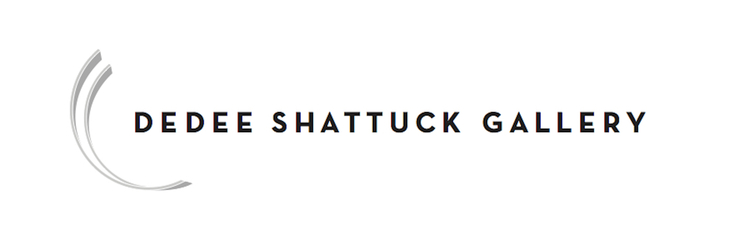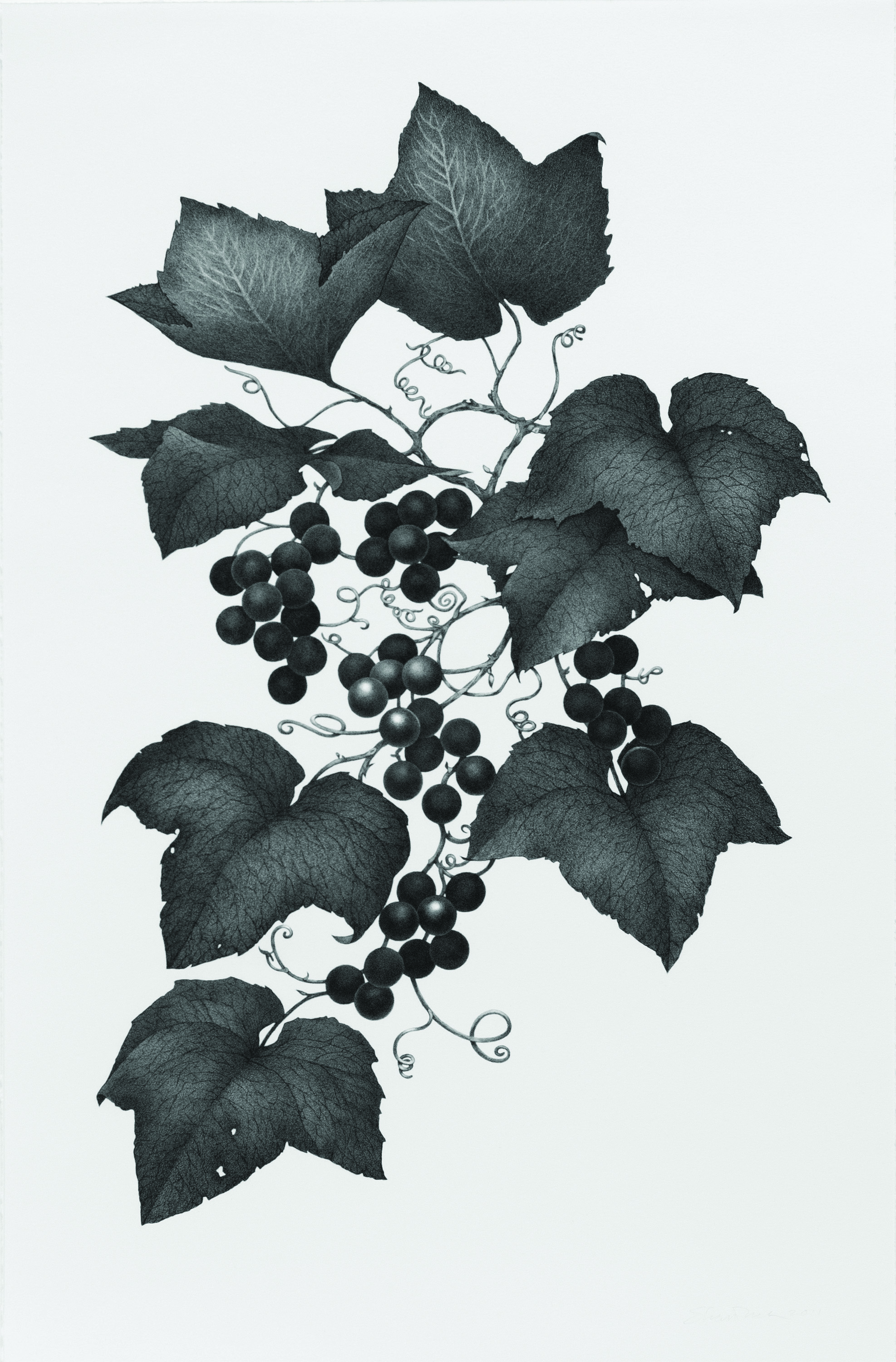Bill Shattuck | Ben Shattuck
July 29 – August 30
Artists’ Reception: Saturday, August 1, 5-7pm
Artists’ Talk: Sunday, August 2, 12-1pm
"Father and son – gifted artists both, united beyond their relationship in their roles as master storytellers through the media of drawings, prints, and in Ben’s case, the written word, as well. But where their virtuosity is most apparent is when paint hits the surface. Driven with equal passion but starting from somewhat opposite positions, each succeeds in moving the viewer’s perceptions through masterful narratives hosted on the painted plane."
Rosanne Somerson
President, Rhode Island School of Design
Professor of Furniture Design/Studio furniture maker
Bill Shattuck, Found, charcoal, 7” x 51⁄2”; Ben Shattuck, Untitled #3 (Three Cod), oil on board, 48” x 36”
Bill Shattuck
Bill Shattuck lives in Southeastern Massachusetts. His paintings reflect a fascination with the tidal marshes, estuaries and woodlands along that coastline. Having moved there in 1980 from New York, he has appreciated the changing patterns of light and weather throughout different seasons and times of day.
“Drawn in by color, composition and light, I find I’m also inspired just as easily by the temperature, the character of the air and atmosphere in the moment. I am not a Plein Air painter by any means, but I do spend a good deal of time walking through the fields, woods and marshes along this shoreline, noting the beauty and interplay between land, water and sky. I’ll sometimes make a line drawing with color notes, then eventually execute a finished piece in my studio.”
Primarily self taught, Shattuck’s charcoal work is born of a fascination with drawing from an early age. This work tends to be more narrative and is an outlet to explore ideas both abstract in nature or more straightforward. “Drawing is a passion from which everything else grows. Ideas explored often begin from personal experiences or an attraction to finding poetry in the everyday, epiphanies. They are often reflections on events or ideas that shape our lives and hopefully strike a responsive chord in others.” His work is in private, corporate and public collections, including The DeCordova Museum of Lincoln, MA and the print and drawing collection of The Wiggin Gallery, Boston Public Library.
He also illustrated “Moonlight On The River” (Viking/ Penguin), a children’s book about his two sons Will and Ben, in collaboration with writer Deborah Kovacs. He has taught in The College For Visual Arts, University of Massachusetts, Dartmouth.
Ben Shattuck
Ben Shattuck (b. 1984) is a graduate Cornell University’s College of Architecture, Art, and Planning, and of University of Iowa’s Iowa Writers’ Workshop. He lived and studied with painter Odd Nerdrum in southern Norway. He has taught fiction writing courses at Victoria University of Wellington, New Zealand, and the University of Iowa. He has written for Salon.com, The Paris Review Daily, McSweeney’s Internet Tendency, and The Morning News, among other publications. He is currently at work on his first novel.
www.benshattuck.com | @benshattuck | Contact: ben.shattuck@gmail.com
Part I Still Life
“In Dispraise of Poetry”
by Jack Gilbert
When the King of Siam disliked a courtier,
he gave him a beautiful white elephant.
The miracle beast deserved such ritual
that to care for him properly meant ruin.
Yet to care for him improperly was worse.
It appears the gift could not be refused.
Part II Cod
“The Gulf of Maine cod stocks today are probably only a fraction of 1 percent of what they were during George Washington’s presidency.” – New York Times, January 1, 2015.
The “Cod” series, sampled here, uses the trope of fish in still life—ubiquitous in 18th- and 19th-century European painting—to underscore a relevant and pressing environmental issue: the devastation of cod populations along the eastern seaboard. To paint a still life of a fish today means something very different than it did 300 years ago.
Part III Canal
The following landscape paintings were made along the proposed Nicaraguan Canal Project route. The canal will be three times as long and nearly twice as deep as the Panama Canal. Taking ten years to complete, the project will displace an estimated 30-100,000 people, many of them indigenous. Lake Nicaragua, the largest lake in Central America and home to a species of freshwater shark, will be polluted with 700 million cubic meters of sediment after dredging, poisoning drinking water and decimating the local fishing industries. A 400-square-kilometer artificial lake will flood on the eastern side, in a Biological Reserve.
In total, the project will affect an estimated 4,000 square kilometers of forest, coast and wetlands, including the San Miguelito wetlands, the Cerro Silva Natural Reserve, and the Río San Juan Biosphere Reserve—containing the Los Guatuzos Wildlife Reserve, the Indio Maíz Biological Reserve, and the Solentiname Archipelago.
The $50 billion project will be built by the Chinese company HKND, which broke ground in the western town of Rivas on December 22, 2014.
Half of all profits from the CANAL series will go to a nonprofit providing clean water to communities in Nicaragua.
Part IV The End of the Prairie
This project features one of America’s biggest and yet overlooked environmental disasters: the destruction of the Midwest’s tall-grass prairie. Iowa has some of the most fertile soil in the country, which has attracted unrelenting, large-scale agricultural over the past century. Today, only one-tenth of one percent of the Iowa prairie remains. University of Iowa professor and author Cornelia Mutel, who’s written extensively on the Iowan landscape, describes the transformation of the prairie to farmland as “the most rapid and complete ecological conversion of a major biological system in Earth's history.” Along with the millions of acres of tall-grass prairie, the flowers will go, too.
Here, I’ve taken the traditional genre of the flowery Still Life and refashioned it into mourning portraits.
Dedeeshattuckgallery.com | 508. 636. 4177 | 1 Partners' Lane, Westport, MA 02790 | W - Sat, 10 - 5, Sun 12 - 5



































































